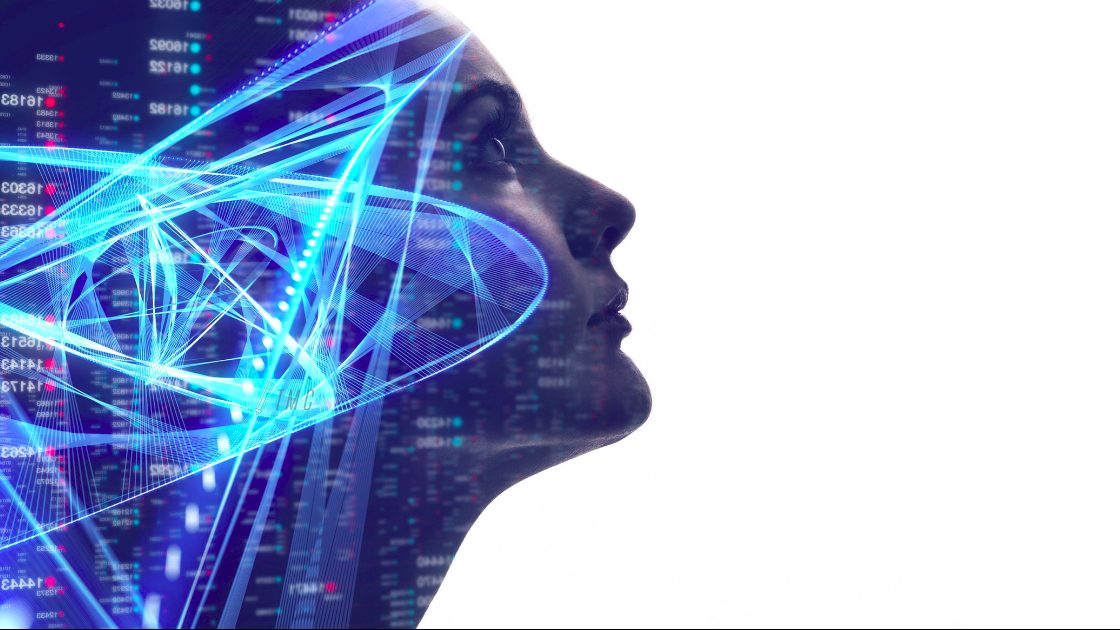Cloud computing has seriously impacted the technology industry as it has become a standard part of the software technologies. Four companies lead in this digital innovation—Google, Microsoft, IBM, and Amazon.
However, even if cloud computing has a grip on the market, transforming present dynamics can be a challenge. Nevertheless, the “AI winter” has ended with recent developments in Artificial Intelligence. Changes will continue as the cloud progresses, and as programmers in cloud computing face challenges.
What is Artificial Intelligence ?
Artificial Intelligence is a computer science field aiming to combine software with the ability to understand its current setting predetermined or pre-calculated rules, algorithms, or pattern-recognizing or machine learning models, and then make decisions based on those evaluations.
Artificial Intelligence, or AI, allows robots to learn from experience, adapt to new stimuli, and execute human-like tasks. Many AI examples you hear about today rely heavily on profound learning and natural language processing. With such techniques, computers can be equipped for specific functions by storing large amounts of data and identifying data patterns.
Thus, AI aims to imitate biological intelligence to allow the software application or system to behave with differing degrees of autonomy, thus reducing manual human intervention for a wide range of functions.
For example, a standard warehouse management system can detect current levels of various goods. However, much human intervention is still needed to determine inventory shortages and set purchase or repair schedules. With AI, this human task can be delegated to intelligent systems that can be programmed to detect deficits, evaluate the causes and effects of products to the supply chain, and correct or troubleshoot issues.
Artificial intelligence can replace a whole program, make all end-to-end decisions, or use it to optimize a specific process. For instance, analyzing video footage to recognize gestures, or replacing external devices like keyboard, mouse, and touchscreen with a speech-to-text application can give an impression that one interacts with a human being.
Artificial intelligence impacts virtually every industry and human being’s future. Artificial intelligence has been the main driver of new technologies such as big data, automation, and IoT and will continue to be a scientific innovator for the foreseeable future.
What is Machine Learning ?
Machine learning (ML) is an AI that allows a machine to learn from data rather than specific programming. Machine learning, however, is not easy. Machine learning uses a variety of algorithms to develop, explain data, and predict outcomes incrementally from data.
It seeks innovative ways to leverage data to help the business achieve new insights to anticipate business changes. The machine learning models ensure the system is continuously updated as data is added.
The machine learning model is the result of training the machine to learn the algorithm. The more data is gathered, updated, or adjusted. The more accurate predictions will be.
Upon practice, if you provide a model with data, you can obtain an output. A predictive algorithm will generate a predictive model. When you provide data to that model, you will gain a data-based prediction that trained the machine learning model.
Machine Learning is now central to modeling analytics. ML is fast becoming a staple for businesses that want to grow as industry leaders.
Cloud-based machine learning is a standard since enormous data collection demands unencumbered storage spaces.
There are several machine learning platforms on the web like MATLAB, IBM Watson Studio, RapidMiner, Google Cloud AI Platform, and Azure Machine Learning Studio.
Examples of How AI and ML Impacts Cloud Computing
AI and ML need cloud computing, and cloud computing is experiencing massive innovations to keep up with AI and ML demands.
- IoT
Artificial Intelligence’s influence on new generation cloud computing platforms has brought incredible changes, such as Mobile or IoT ( Internet of Things).
IoT and mobile tools emerged from cloud technology’s vast potential. Applications running on AI contradict mobile and IoT, requiring detailed run – time, backend optimization.
If AI, data, and machine learning are integrated, AI and humans may evaluate large amounts of data to extract useful information. These innovations in AI and big data are the forces behind IoT.
Internet of Things ( IoT) is smart devices, cars, and even machines with electronic sensors, software, actuators, and communication. It allows connection and data sharing in a network or wired system.
The possibilities are endless with IoT systems. Smart cities are moving out of conceptualization to actual implementation because of Artificial Intelligence and Machine Learning. All these innovations are easily put together to create smart cities and similar systems.
IoT would revolutionize sectors such as agriculture, transport, and aviation, mining, energy, even industries, and healthcare. IoT reshapes the Internet as we know it, making it even more incorporated into our lives. IoT’s next big thing in the digital era.
- MLaaS
Machine learning services or Machine Learning as a Service (MLaaS) offers services that provide ML tools as part of its cloud computing services. Customers can quickly use ML tools without using specific software or having their servers. The MLaaS provider’s data centers process the computations.
MLaaS providers offer data transformation, statistical analysis, data modeling, and sophisticated machine learning algorithms. The leading MLaaS platforms currently provide ready-made solutions for most common machine learning applications. It includes advanced text analytics, machine translation, automatic interpretation, speech production, and chatbots.
MLaaS platforms can assist you in building, training, and deploying your machine learning model as well using a framework of your choice, like TensorFlow and PyTorch.
- Data analysis machine learning
Another practical application of AI and ML to cloud computing is data analysis machine learning.
One of the most popular contributors to data analysis machine learning is Microsoft BI (Business Intelligence).
Microsoft Power BI Desktop is made for the analyst, combining advanced actionable insights, AI-powered data queries, and machine learning modeling.
It has an arsenal of tools and services that provide and facilitate data gathering, ingestion, storage, and integration, as well as data quality management, data analysis, and data reporting.
It features cloud storage solutions for data, on-premises, and hybrid. It has extensive capabilities for data integration, batch, and streaming analytics, and self-service BI with high-security controls, to name a few. The Microsoft Business Intelligence suite facilitates accurate analytics and proactive analysis to streamline a business’s decision-making.
- Machine learning in cloud security
Now more than ever, our activities are done online, both for convenience and for necessity. But it also raises the risk of fraud.
Software-based on Machine Learning algorithms can identify anomalies and behavior of fraud even before the actual risk has happened. Trained models, as such, can predict and block any unauthorized action of cyber attackers before any damage can be done to either consumer or business owner.
Machine Learning further strengthens the role of Artificial Intelligence in cybersecurity to help developers improve their website security protocols to better combat ransomware activities and other malicious attacks.
- Streamlining businesses through cloud computing
Cloud computing services are dominating today’s business landscape, completely. Both major corporations, and even small businesses, operate on a higher, more improved level on cloud services.
Businesses can outsource storage, data analytics, security, customer relationship management software, and other functions with cloud computing. It’s not only easy but also more efficient and economical to migrate to business cloud computing. Due to cloud adoption, the business world is evolving radically.
Conclusion: Cloud Computing Provides Virtually Unlimited Resources
Unlike a hardware-limited on-site server, cloud computing could provide virtually limitless computing resources. The only way a company can get massive resources to run machine learning software without cloud computing is with a large budget, plenty of space, and multi-server management staff.
To upgrade on-premise servers to meet your growing business needs, you need to move to the cloud.
However, remember that if you run machine learning applications, on-demand resources will make the applications run smoother than ever. But if you run AI-based software, the cloud could slow you down.
Demand is rising for both machine learning and AI-powered software-supporting servers. So, cloud computing will continue to progress in the years to come. Its popularity will increase because resources can be generated on-demand instantly, and customers only pay for what they use. When speed catches up to cloud-based scalable resources, AI companies will finally be able to remove on-site servers and migrate their services to the cloud.

Mayleen Meñez worked for seven years in TV and Radio production, and also as a Graphic Artist/Editor. Finding her true passion, she devoted 15 years in NGO and community development work, where she experienced being a coordinator and teacher, travelling both in the Philippines and countries in Asia. She homeschools her three kids and reinvents Filipino dishes in her spare time. Writing has always been a hobby and pursuit, and she recently added content writing with Softvire Australia and Softvire New Zealand up her sleeve, while preparing for her next adventure in the nations.






